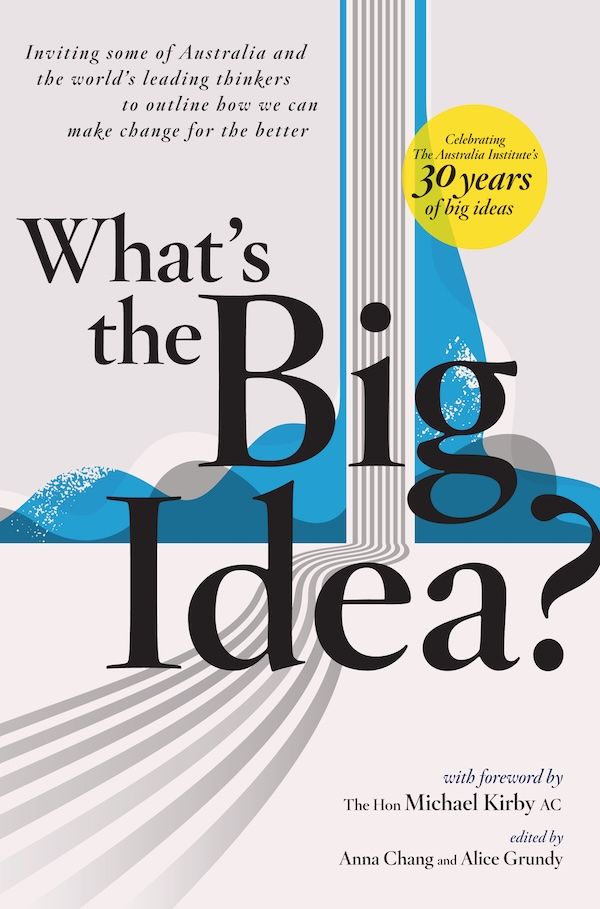The Life and Death of Democracy
Simon & Schuster, $49.99 hb, 958 pp
Bad moons
How does one review a serious academic study of 950 pages that covers two thousand years of political history? In this case I shall be upfront and declare that I am only reviewing part of Keane’s thesis, and will leave it to historians to discuss the remainder of his book. If I concentrate on the last 300 pages, this is because they contain more than enough material for even the keenest reader, let alone a harassed reviewer.
The Life and Death of Democracy is divided into three distinct sections, which allows Keane to explore three models of democracy: assembly, representative and monitory. The first two will be familiar to anyone who has done an introductory course in political philosophy, and are typified by the Athenian and Westminster models. One of the strengths of this book is to point to the far greater variety of origins and forms taken by democracy than the standard Western accounts explore. These sections will be of particular use for students of both political theory and history, containing as they do a number of useful correctives to the myth of both Athenian and American claims for the uniqueness of their contribution to the development of democracy.
Continue reading for only $10 per month.
Subscribe and gain full access to Australian Book Review.
Already a subscriber? Sign in.
If you need assistance, feel free to contact us.
















Leave a comment
If you are an ABR subscriber, you will need to sign in to post a comment.
If you have forgotten your sign in details, or if you receive an error message when trying to submit your comment, please email your comment (and the name of the article to which it relates) to ABR Comments. We will review your comment and, subject to approval, we will post it under your name.
Please note that all comments must be approved by ABR and comply with our Terms & Conditions.